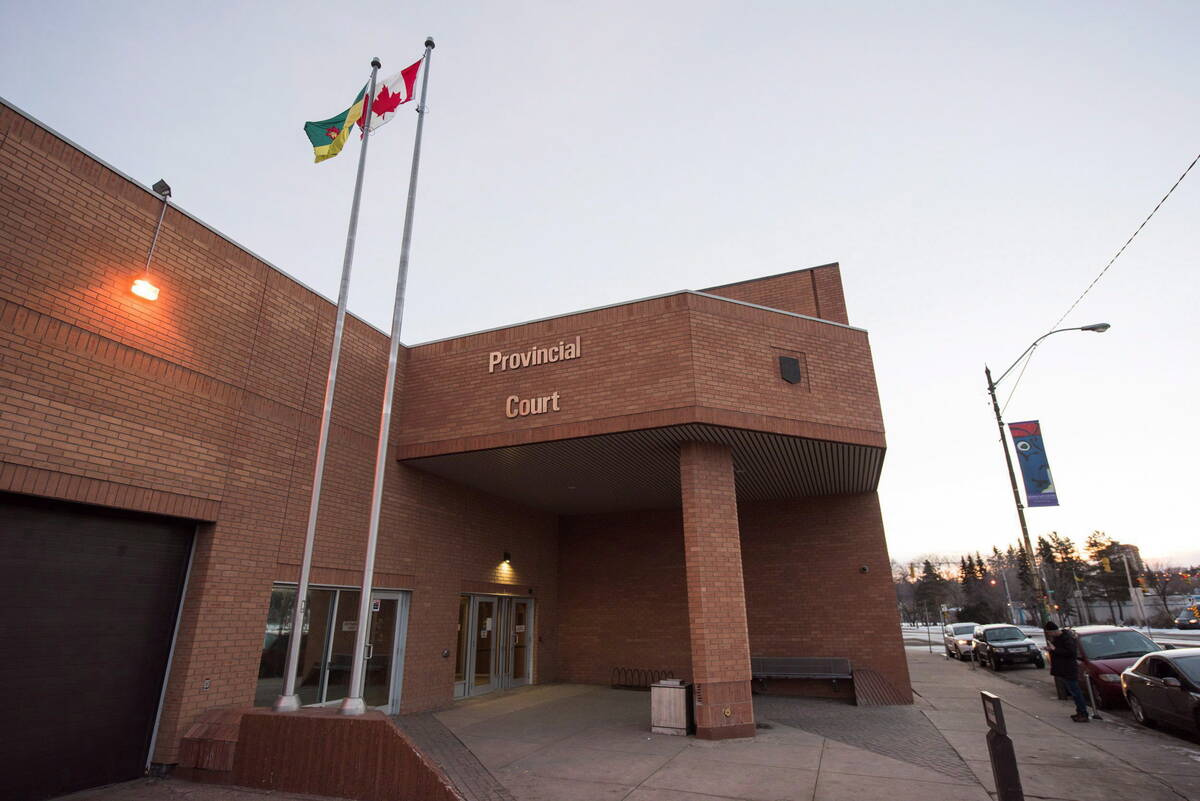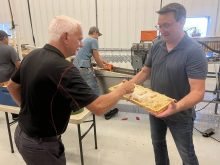The worst headache of Bert Sutherland’s life didn’t make him think he needed a doctor.
On May 27, 2005, Sutherland was preparing for an endurance horse race the next day on his property east of Saskatoon. While screwing a sign to a post, a severe headache began. Soon he was vomiting and urinating uncontrollably and lost the feeling in one leg.
Instead of calling for medical help, he drove his truck deeper into the pasture, got out and lay on the ground.
“Anyone with half a brain knew they were in trouble,” he said a year later of the incident.
Read Also

Understand limitation periods if considering civil suit
A limitation period refers to the amount of time a plaintiff has to commence a formal claim in court or lose their ability to pursue it.
He eventually used his cell phone to call his wife at work in the city, who drove him to the hospital.
The doctors asked if his pain was the worst headache in his life and when Sutherland said yes, one suggested he might have an aneurysm, also known as a hemorraghic stroke.
A CAT scan confirmed that diagnosis. There was bleeding in the back of his brain from a bulging area on one of his blood vessels. Sutherland had a six hour operation the next day in which doctors put a clamp over the bulging area to stop the blood leakage that was causing pressure on his brain.
“I came out just fine. I was doing math problems and reciting poetry, snapping right out of it. The staff couldn’t believe it. They called me their miracle patient.”
During his 12 days in the hospital another scan revealed a second aneurysm in his brain.
Before doctors would do a second operation to clip the bulge, they wanted time for his brain to heal.
The second operation was performed on Aug. 3, his 20th wedding anniversary.
“I was more scared because I had time to think about it,” he said.
It was a trickier operation because the blood leak from the first bulge obscured the view of the second aneurysm.
What was supposed to be a three hour event took eight hours, and a four day stay in hospital became 12 when Sutherland’s cognitive ability started failing.
Today he is well, back at work and able to do what he could before. People who meet him wouldn’t know the potentially fatal situation he was in a year ago.
That is unusual with aneurysms. Sutherland, who has read extensively about his condition, said half of all people die of their aneurysm when it hits. Of the survivors, half are severely impaired.
Sutherland also learned that aneurysms are genetic, that those who have a bleeding incident are usually in their 30s or 40s and that smokers and women are more susceptible to an attack.
Sutherland would like to do public speaking about aneurysms in hopes of saving another life. June is heart and stroke month and he invites groups who want to hear him speak to contact him at 306-230-4611.
He said his main message is about denial. He wouldn’t believe he was seriously ill and then he returned to work too quickly after both operations. As well, mortality became troubling to the 54 year old grain equipment salesperson, but “being a typical guy,” he at first denied what was happening to him.
Through contact with the Saskatchewan Heart and Stroke Foundation, he learned of the saying that “time is brain.” The sooner help is sought, the better the medical outcome. Health workers speak of the golden hour after an accident or incident during which the chances of survival are best if a patient receives treatment.
Sutherland encourages people, especially farmers who work alone and in isolated spots, to program 911 into their cell phones.
When people, especially men, hear his story they often ask him how they know when to go the hospital. He said suddenly feeling terrible is a good indication. He also said it is better to err on the side of caution.
On May 13, almost a year after his aneurysm, Sutherland competed in another endurance horse race. He didn’t win but he finished the race.
“I am fine and hugely lucky.”
















